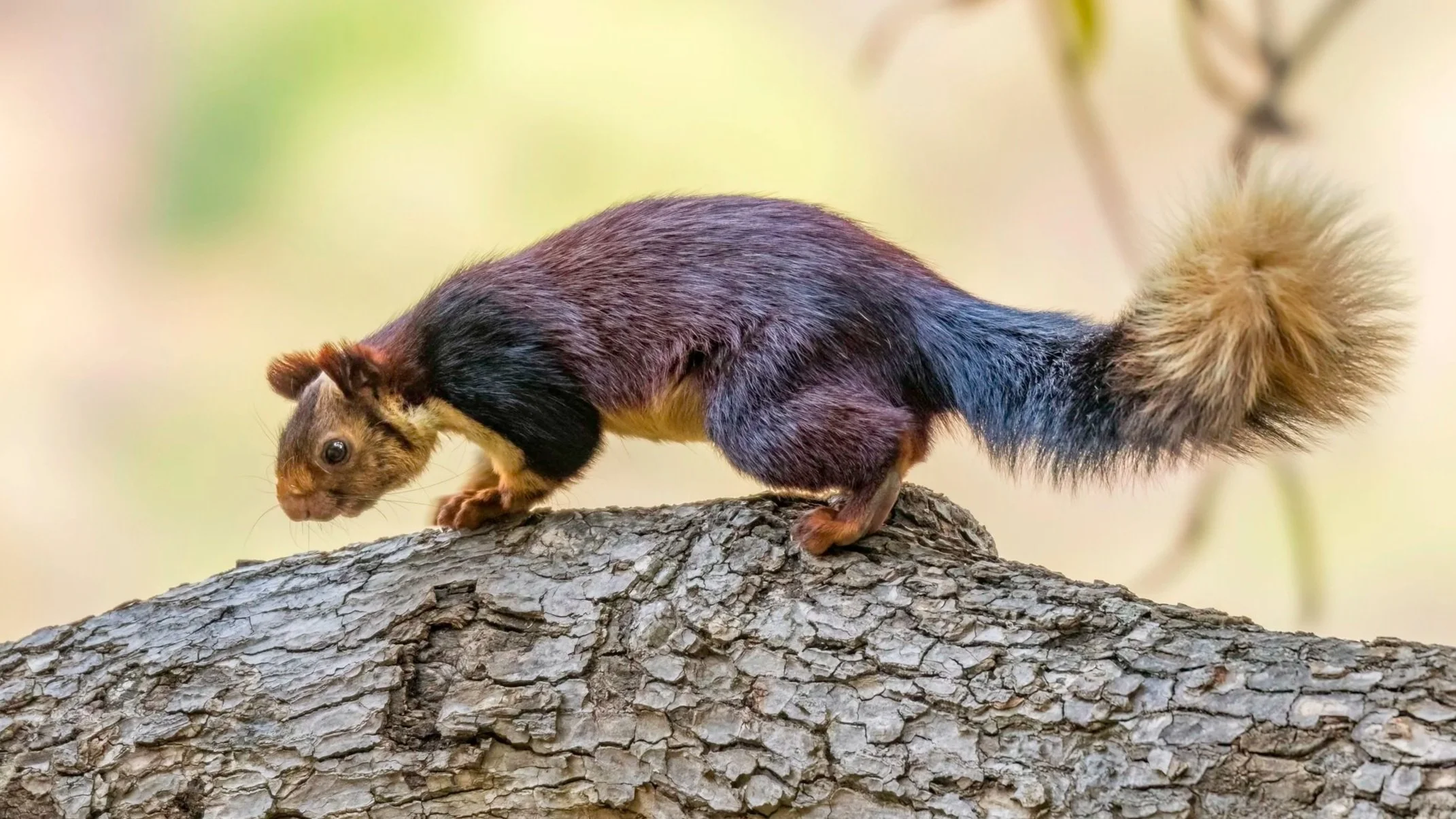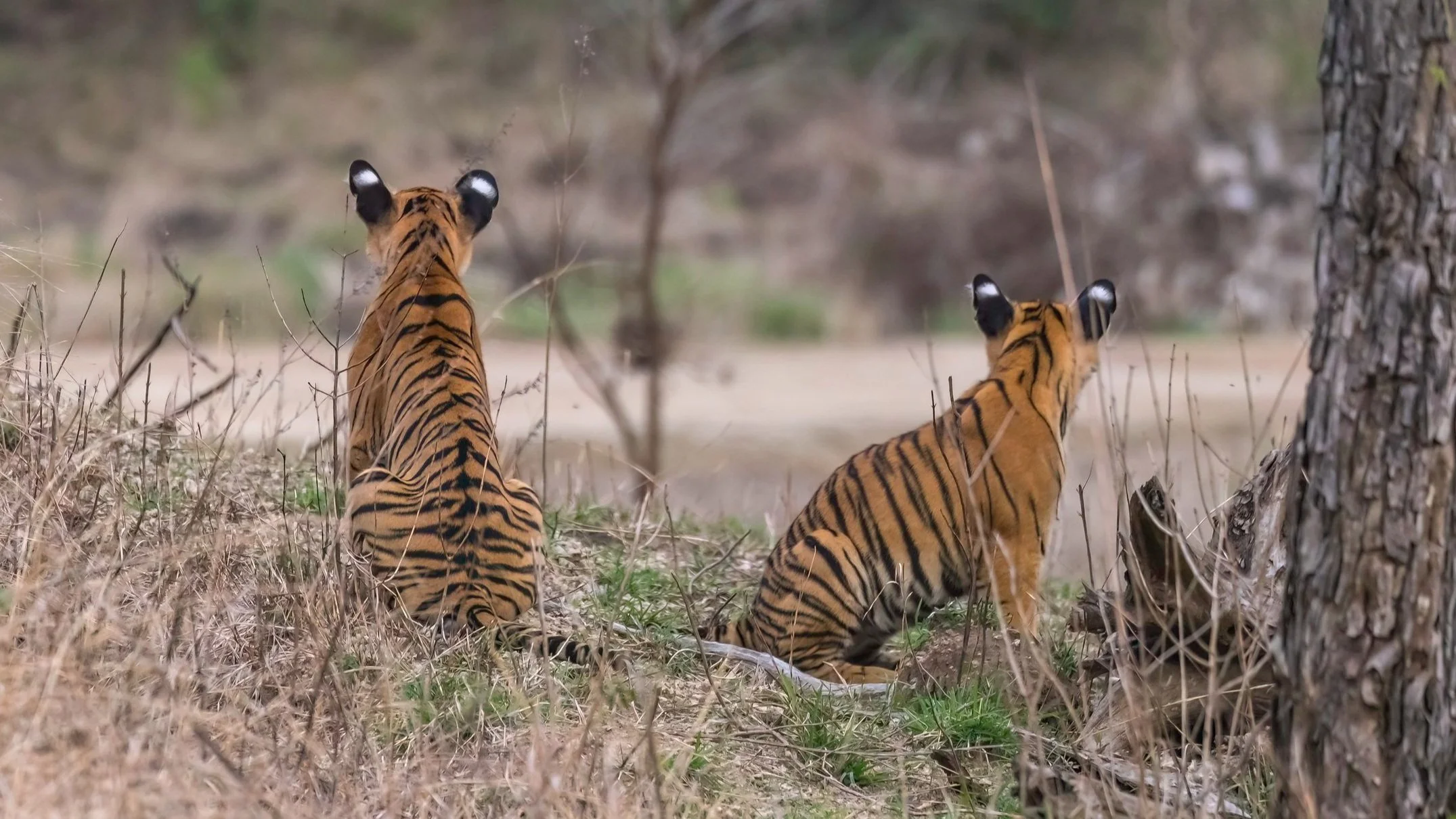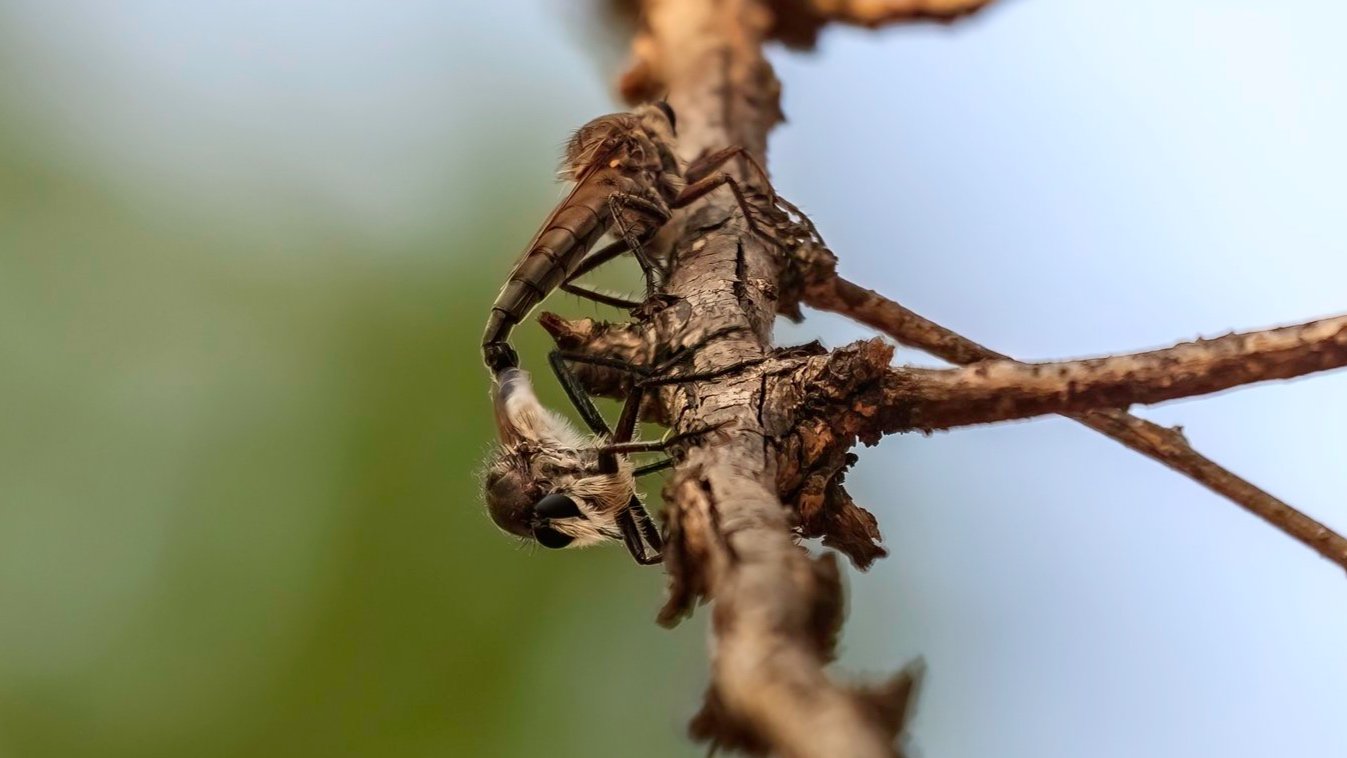Siberian Stonechat
Every winter, as the vast landscapes of Siberia and temperate Asia surrender to ice and snow, a remarkable natural phenomenon unfolds: a mass migration of millions of birds seeking survival in warmer climes. Among the most resilient of these avian voyagers is the Siberian Stonechat (Saxicola maurus), a tiny bird that flies thousands of kilometers to the Indian subcontinent. In Telangana, this little flycatcher becomes a familiar, welcome sight during the cooler months, transforming open scrublands and wetland margins into temporary winter homes.
The Siberian Stonechat is a chunky little bird of open landscapes; often seen on exposed perches. The breeding male has a black head, broad white half-collar, and rusty-red chest while the non-breeding male is patchier, with a paler head and chest.
#wildartworks #Canon #SiberianStonechat #Stonechat #BirdWatching #WildlifeVideo #NatureDocumentary #BirdPhotography #Ornithology #AsianBirds #MigratoryBirds #WildLife #NatureLovers #Migrant
Malabar Giant Squirrel
The Malabar Giant Squirrel (Ratufa indica) is a large herbivorous diurnal, arboreal rodent endemic to India’s forests. One of the three giant squirrel species found in the country, the Malabar/ Indian Giant Squirrel is characterised by its rufous-brown/purple colour and its ability to quickly jump from one tree to another. They can be seen either hanging down from the canopy, flat against the tree trunk, or scuttling about the branches, their tails bobbing as they do so.
#wildartworks, #canon, #CanonWildlife, #naturephotography, #TelanganaWildlife, #umamaheshwaram, #achampet, #indiangiantsquirrel, #malabargiantsquirrel, #squirrel, #rodent,
Blyth’s Leaf Warbler
The Blyth’s Leaf Warbler is a fairly bright mid-sized leaf-warbler, yellowish-green above and white below with two wingbars, a broad yellow-suffused eyebrow, and a pale stripe across a gray crown. It breeds in broadleaf (often oak), coniferous, or mixed forests at middle to high elevations, and descends into lower foothill regions in the winter.
#wildartworks, #birdinginthewild, #birdphotography, #canon, #CanonWildlife, #BirdWatching, #WildBirds, #naturephotography, #TelanganaBirds, #umamaheshwaram, #achampet, #warbler, #blythsleafwarbler, #leafwarbler #oldworldwarbler
Red-breasted Flycatcher
A distinctive, small and winter migrant flycatcher where the males have a rusty-orange throat that continues onto the breast. All plumages have a distinctive tail pattern with black terminal bar and white sides. The wings relatively plain & a white eyering is noticeable. When perched, the tail is often held cocked with the wingtips drooping. It breeds in mature deciduous mixed forest, wintering in forests, woodlands and parks.
#wildartworks, #Canon, #Birdinginthewild, #BirdWatching, #telangana, #india, #umamaheshwaramtemple, #achampet, #flycatcher, #redbreastedflycatcher, #telanganabirds, #oldworldflycatcher, #nallamallaforest, #ananthagiri, #ameenpurlake, #wintermigrant
Firefly
Abscondita chinensis, a captivating species of firefly belonging to the family Lampyridae and subfamily Luciolinae, is a luminous wonder native to tropical Asia. Known for its remarkable bioluminescent displays, particularly during its mating season, it plays a vital role in its ecosystem as a predator and contributes to the charm of natural environments. It lives in various habitats, and its bioluminescence, especially during mating, adds a magical quality to its existence. However, threats from pollution and climate change highlight the need for conservation efforts to protect this insect. These were photographed in Telangana.
#wildartworks, #Canon, #Wildlife, #naturephotography, #earthcapture, #conservationphotography, #wildlifeonearth, #bbcearth, #natgeowild, #natgeoindia, #Kawal, #KawalTigerReserve, #hyticos, #nirmal, #wildtelangana, #telanganawildlife, #telanganaanthropods, #telanganabeetle, #beetle, #Insectsoftelangana, #Absconditachinensis, #Lampyridae, #Luciolinae, #firefly, #asynchronousfirefly, #synchronousfirefly,
Celebrating International Tiger Day
Imagine a world without tigers! No regal stripes cutting through the jungle, no powerful roars echoing across the grasslands, no piercing amber eyes watching from the shadows. This isn’t just a grim fantasy - it is a future we’re racing towards - but today, July 29th, we are fighting back
Welcome to the International Tiger Day, 2025!
#wildartworks, #Canon, #conservationphotography, #yesbbcearth, #wildlifeonearth, #bbcearth, #natgeowild, #natgeoindia, #india, #telanganabirds, #kawaltigerreserve, #amrabadtigerreserve, #nagarjunasagarsrisailamtigerreserve, #hyticos, #tigerconservation, #internationaltigerday, #internationaltigerday2025, #tigerdaycelebrations, #tigerdayevent, #glandpharma, #telanganastateforestdepartment, #tsfd,
Grey-headed Swamphen
A very large bluish-purple waterbird with a red bill and forehead shield, as well as red legs and feet with long toes. The tail is flicked up often, revealing fluffy white “underpants.” Juveniles are duller than adults and lack the red bill and shield. An inhabitant of marshy, vegetated freshwater bodies such as swamps, rivers, and lakes; usually in small groups. Feeds, often clumsily, at muddy water edges, in reeds, and on floating vegetation. Makes short nasal grunts and croaking sounds. Formerly part of the species known as Purple Swamphen.
#wildartworks, #Canon, #Bird, #Birdinginthewild, #BirdWatching, #Wildlife, #WildBirds, #naturephotography, #your_best_birds, #planetbirds, #earthcapture, #photo_pond, #earthpix, #naturyst, #conservationphotography, #yesbbcearth, #wildlifeonearth, #bbcearth, #natgeowild, #natgeoindia, @globalcapture, #india, #telanganabirds, #kawaltigerreserve, #hyticos
Robber Fly/ Assassin Fly
The Asilidae are the robber fly family, also called Assassin Flies. It is one of the largest families in Diptera Brachycera. The adults and larvae are predaceous on other insects, especially on plant-feeding insects, and thus help in the natural control of insects. They are world wide in distribution, represented by about 5000 species belonging to over 400 genera. Only about 750 species under 80 genera are known from the Oriental Region, of which 300 species and 45 genera are from India. Stenopogon is a genus in the family Asilidae with at least 200 described species. Today is about one of them from the Kawal Tiger Reserve.
#wildartworks, #Canon, #Wildlife, #naturephotography, #earthcapture, #conservationphotography, #wildlifeonearth, #bbcearth, #natgeowild, #natgeoindia, #Kawal, #KawalTigerReserve, #hyticos, #wildtelangana, #telanganawildlife, #telanganaanthropods, #Insectsoftelangana, #Asilidae, #Stenopogon, #robberfly, #assassinfly,









